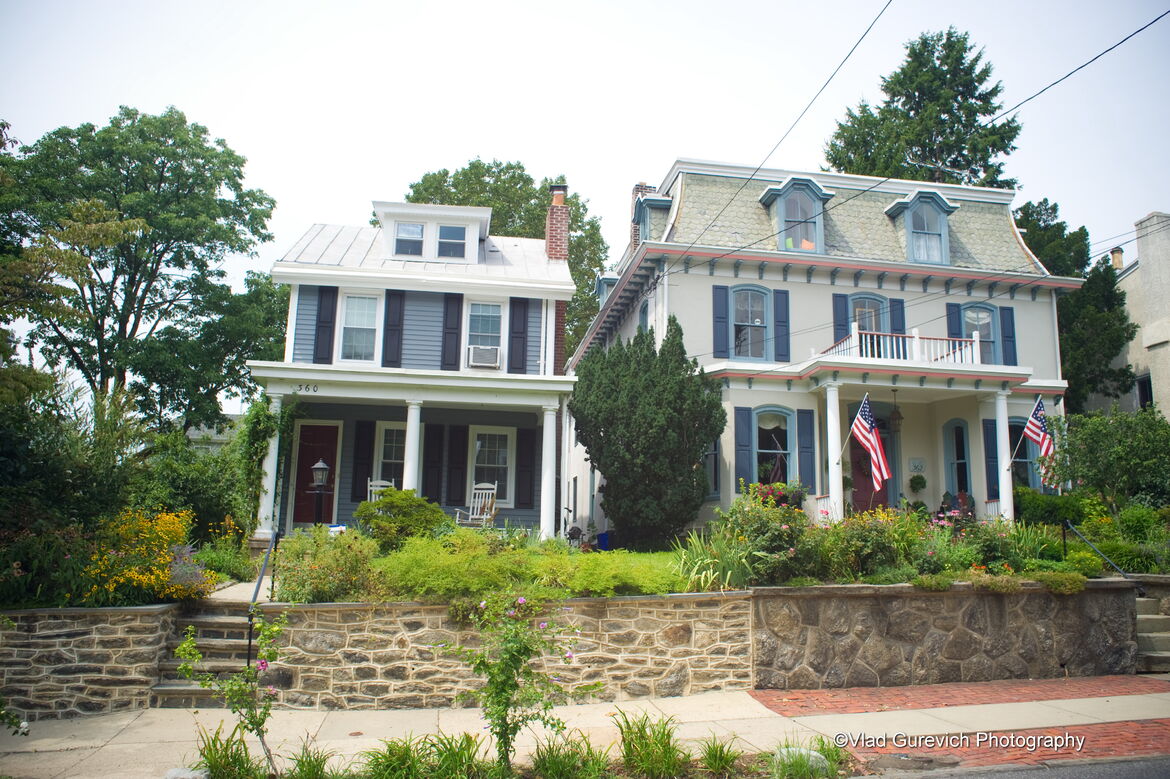EXPERT ADVICE: So You Want to Be a Manayunk Homeowner

Originally published in Manayunk.com Magazine
Manayunk is a neighborhood whose history runs deep. The canal was the first started in the country. (Though, budget trouble kept it from being the first finished.)
But it’s the tightly-woven homes which line the hilly avenues that reflect even better a distinct character that’s been forged through centuries, not decades. On Green Lane, west of Silverwood Street, Jacob Levering built the first house in a town that was, at the start of the 19th century, called Flat Rock.
Most of the homes in Manayunk today were constructed in two defining molds, Late Victorian (1850 to 1910) and Classic Revival (1895 to 1950). Outside and in, you’ll find nuance and craftsmanship of the kind that most 21st century homes lack, beyond the highly-customized ones, at least. But these homes also bear a few age-specific issues, naturally. If you’re in the market, here’s a rundown of what to give a closer look.
Plumbing The sewer lines running from many of the homes from these two periods are partially or even entirely cast iron, which, durable as it is, will inevitably begin to show its age. Rust will build up on the walls of the pipe and then flake off and block the flow.
A section may be visible in the basement for inspection. But even with that, it’s probably not a sizable enough sample to be a proper indication of the degree of wear and tear throughout the rest of the pipe. The only way to know with any kind of certainty is to hire a plumber to feed a video camera through the line. Draft this as a contingency in your purchase contract.
Chimney flue liners They’re not a given in homes from either era. And even the ones that are equipped with them may be deteriorating with age, which heightens the risk of carbon monoxide leaks.
A faulty flue liner doesn’t need to be a deal-breaker. Ask your home inspector to examine it closely. If a concern’s caught at that point, you can negotiate for the repair or even the replacement of the liner.
Radon The universal initial reaction to the mere mention is panic. But try not to overreact. Levels tend to run a little higher in older homes, though they still fall within an acceptable range. (The Environmental Protection Agency (EPA) standard is 4.0 and below. The national average is 1.3.)
The test is relatively cheap—$125—and simple. You can ask your home inspector to administer it. Should the results come back on the high side, a reduction system can be installed for about the cost of an everyday home repair. The most effective ones are proven to reduce radon levels by up to 99 percent, according to the EPA.
Lead paint The ban on paints containing lead didn’t come until 1978. So, if you find yourself looking at walls that haven’t been touched in a generation or two, the chances are good that the paint is toxic. And even if it appears you’re in the clear, lead-based paint may be buried under a layer or two of modern paint.
To ensure you’re informed, federal law requires that a buyer be given the EPA booklet “Protect Your Family From Lead in Your Home.” The most straightforward route to testing for and removing lead-based paint is to go to the Pennsylvania Health Department’s Web site, www.health.state.pa.us, for a list of certified lead inspectors and risk assessors.
When eyeing up an older home, whether in Manayunk or anywhere else, a heightened awareness will go a long way. They’re sturdy homes. Some, after all, have stood strong for over a century. But a little strategic updating will likely be necessary. Consider it the cost of maintaining a legacy. How many homeowners can say that?
Jack Malloy is a Realtor with Century 21 Alliance, in Manayunk. He’s also a director and trustee of the Pennsylvania Association of Realtors. To contact him, visit jackmalloy.com.
Recent Posts
-
Mar 22, 2024
-
Feb 16, 2024
-
Feb 09, 2024




Comments0